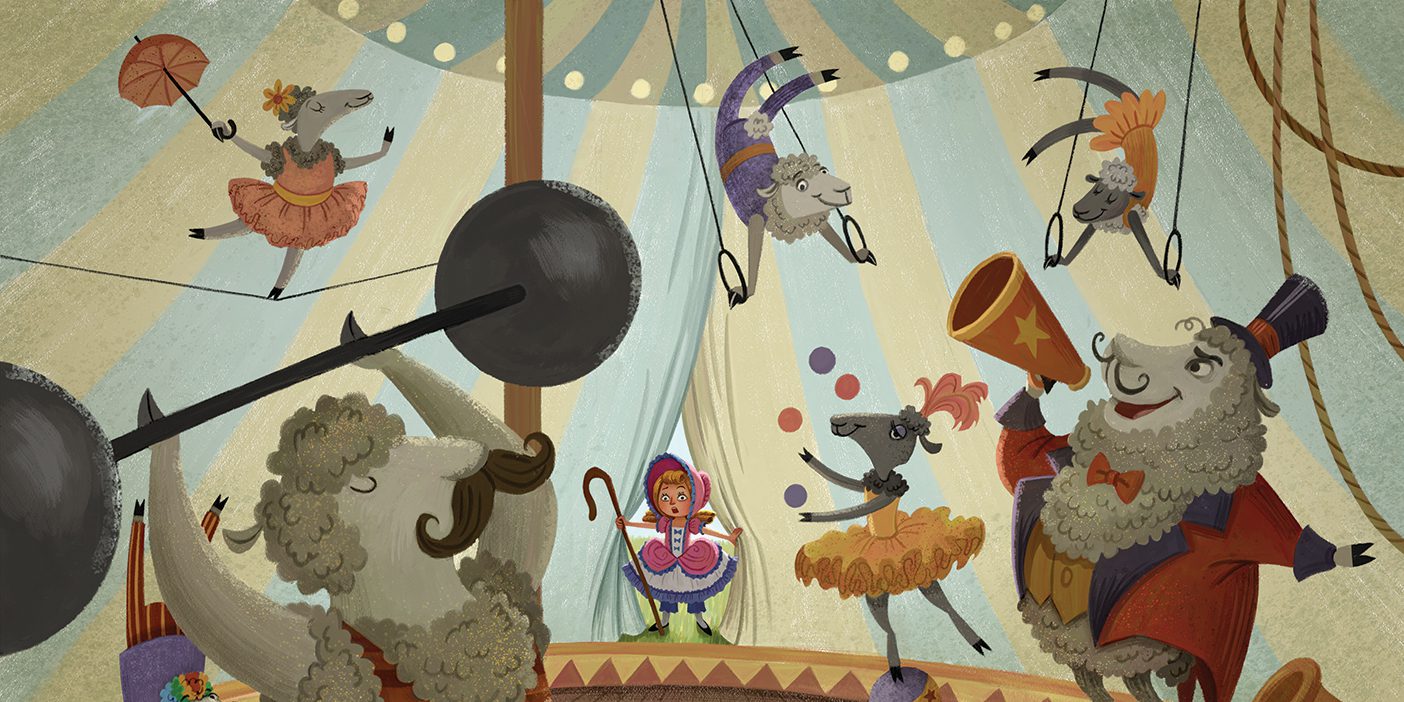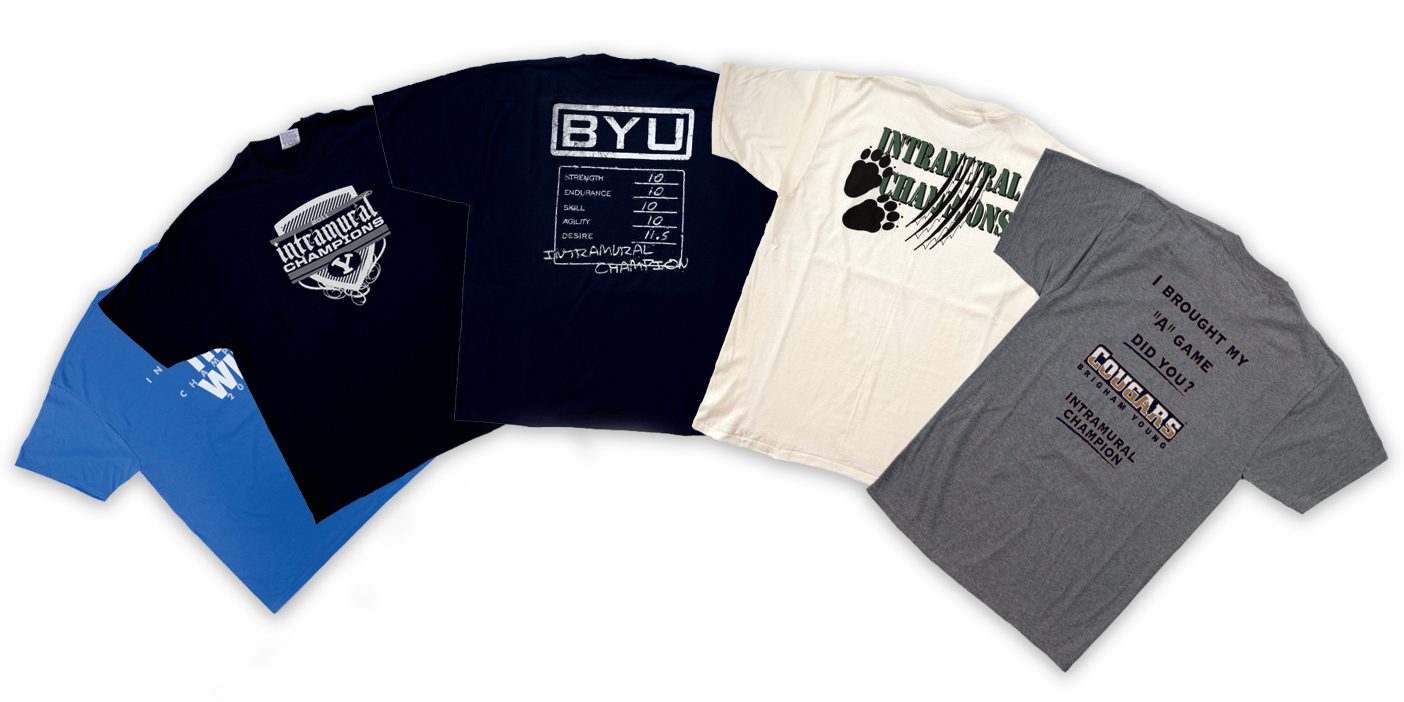Stories of education are a precious part of our cultural inheritance.

As part of a covered wagon company traveling across the plains, 14-year-old Mary Jane Dilworth taught younger children in the company with songs, games, and stories and by writing the ABCs on wagon tailgates. Impressed with the teacher’s work, Brigham Young asked her to establish a school, which was initially held in a tent in the Old Fort and then in a log cabin. She and the students stripped bark from trees for writing slates and stretched greased cloth over the window frames to protect against the cold. Mary Jane expanded the curriculum to include reading, writing, spelling, mathematics, and scripture. It was the first school in the Salt Lake Valley (see “Heroes and Heroines: Mary Jane Dilworth Hammond—Pioneer Teacher” Friend, June 1997, p. 35; Olive W. Burt, Young Wayfarers of the Early West [New York: Hawthorn Books, 1968], pp. 84–102).
Shortly after he became president of BYU, Dallin H. Oaks, ’54, drove to Provo Canyon to ponder a university problem. But his mind was drawn repeatedly to a different question: should the academic calendar be changed so that fall semester could be completed before the Christmas break? “The Spirit was trying to communicate with me on that subject,” President Oaks reported. “I immediately turned my full attention to that question and began to record my thoughts. . . . Within a few minutes, I had recorded the details of a three-semester calendar, with all of its powerful advantages. . . . A few days later the Board of Trustees approved our proposed new calendar, and we published its dates, barely in time to make them effective in the fall of 1972” (“Revelation,” in Speeches of the Year, 1981–82 [Provo: BYU, 1982], p. 25).
Lubian Sequi ran an orphanage for severely disfigured children in the Dominican Republic, where her husband worked in the Church Educational System (CES). In addition, she conducted a school free of charge to help the orphans and other children qualify to attend a proper school. She made benches out of planks and stones in her small garage and rose each morning to make sweet bread that she and the children could sell on the street to pay for school supplies. A visitor asked her why, with so many other heavy responsibilities, she did this. She responded with a question of her own: “Aren’t they Heavenly Father’s children?” (as related by Ron Munns).
Stories like these—and there are thousands—belong to the tradition of education in the Church of Jesus Christ; they are a precious part of our birthright, our patrimony, our inheritance. By becoming acquainted with such stories we acquire and keep alive a sense of who we are as children of God, how to be valiant Latter-day Saints, and what we are capable of achieving in doing God’s work.
Knowledge of our educational tradition is powerful. To paraphrase Arthur Henry King, when we encounter something beautiful, noble, and true in our tradition, “it not only provides a new experience, but it alters the experience of everything else in that field forever” (Arm the Children: Faith’s Response to a Violent World [Provo: BYUStudies, 1998], p. 124). This is also one reason why we need to be instructed in “things which have been, things which are, . . . and [obtain] a knowledge also of countries and of kingdoms” (D&C 88:79). How else could we “be prepared in all things” (D&C 88:80) to carry out the missions the Lord will assign us?
As a new member of the Quorum of the Twelve Apostles, Spencer W. Kimball provided an example of drawing from history and tradition, an example that has itself become part of our tradition. Like his truly humble predecessors, Elder Kimball felt deeply inadequate when he was called to the apostleship. While recuperating from health problems a few years later, he took the opportunity to learn some things he felt he needed to know. Using encyclopedias and library books, he made a 25-foot scroll on which he plotted the events of secular and religious history.
For several days Spencer knelt on the floor in his pajamas, with a fistful of colored pencils, working on [this] scroll. . . . The long roll unwinds through the tangle of history, with cutout pictures pasted on here and there—a globe at the creation, a map of Egypt at 1700 b.c., pictures of conquerors and scientists down to 1948, where secular history ends with “Russian Cold War,” and religious history with “172 stakes.” [Edward L. Kimball and Andrew E. Kimball Jr., Spencer W. Kimball: Twelfth President of The Church of Jesus Christ of Latter-day Saints (Salt Lake City: Bookcraft, 1977), p. 255]
“History happens forward, but we are allowed to go back . . . in our minds,” wrote King. “Going back in eternity is part of going forward. . . . In terms of the past and present, we can imagine what the future will be like. . . . To move to and fro in a great tradition is to give oneself something like the experience of eternity” (Arm the Children, p. 127).
Just as vital and enriching as going back to understand our educational heritage is going out to learn about our kinsmen in other parts of the world. King was wont to say that we are members of one another across time and space (Arm the Children, p. 124). The Heber Valley farmer who borrows books to read after his day’s work; the Tahitian woman who rises at 4 a.m. each day to walk from her home in the rain forest to teach seminary; the young Chilean man on a Perpetual Education Fund loan, learning computer programming at a local college—these are our brothers and sisters, motivated, as we are, by faith to learn all they can in order to lift themselves out of ignorance and poverty and to help others do the same. The more we learn of them, the better we understand what our work on earth should be and the humility and gratitude with which we should do that work.
A story related during a BYU Annual University Conference about one far-away brother had a sanctifying effect upon my own BYU service. On a trip to Fiji, Jeffrey R. Holland, ’65, then Church commissioner of education, learned that a 31-year-old Fijian CES employee named Joe wanted with all his heart to go to BYU to further his education. Because little money was available there, even for hard workers, Holland told Joe he couldn’t afford to go. To pay for tuition Joe said he and his wife would sell the little home for which they had saved for nine years. “What will [you] do when [you] come back?” Holland asked. “There will be no home, there will be very little income, there will be a marginal sort of job.”
Holland related, “With tears streaming down those beautiful black cheeks, he said, ‘We will consider the lilies of the field.’
“If that young man makes it here, I declare by the power of heaven we owe him something,” Commissioner Holland told the audience of BYU faculty and staff. “We owe him the best chemistry class he can get; we owe him the best English class he can get; we owe him the best accounting class he can get; above all, we owe him an expression of our own testimony in response to a faith that considers ‘the lilies of the field.’ That’s the kind of faith this university must be about” (“Keep Love In and Satan Out,” in The Second Century: On with the Task [Provo: BYU, 1976], pp. 8–9).
I remember this story clearly almost 27 years after hearing it! Like this one, stories of exemplars from other times and other places can give us direction for our own future and kindle our desire and determination to serve well. We move forward best when arm in arm with brothers and sisters we may not see but who live in us through the knowledge we have of them.
Culling Educational Accounts
BYU is conducting a far-reaching project to gather stories of those who forged the educational tradition of the Church of Jesus Christ and of those who now carry on that tradition all over the world. Many of these accounts will be featured in a permanent exhibit to be housed in a large, glass-enclosed gallery in the Joseph F. Smith Building, now under construction. The stories will be presented in many media, including documentary videos, photographic displays, and written documents. The exhibit’s title, To Learn in the Light: Stories of Education in Zion, suggests spiritual truths to those steeped in the gospel and also carries meaning for those unfamiliar with the Church’s distinctive tradition of learning.
The exhibit’s first objective is, by one or more exemplary stories, to move everyone who visits—faculty, staff, students, alumni, and guests—to silently exclaim, “I can do that!” The second objective is to give all who come to the exhibit an impression of the magnitude and noble purpose of the Church’s worldwide educational endeavors.
The stories submitted so far from many parts of the world have significantly enriched the exhibit, but more stories and volunteers are needed to help in all phases of the exhibit, including research, interviewing, and project management. To submit a story or volunteer to help, go online to exhibit.byu.edu, call 801-422-1986, or write to Education in Zion, Box 18 FB, Provo, UT 84602.
Terry Warner, a BYU philosophy professor, is coordinating the production of an exhibit for the new Joseph F. Smith Building that will feature stories about education in the Church (see below).









